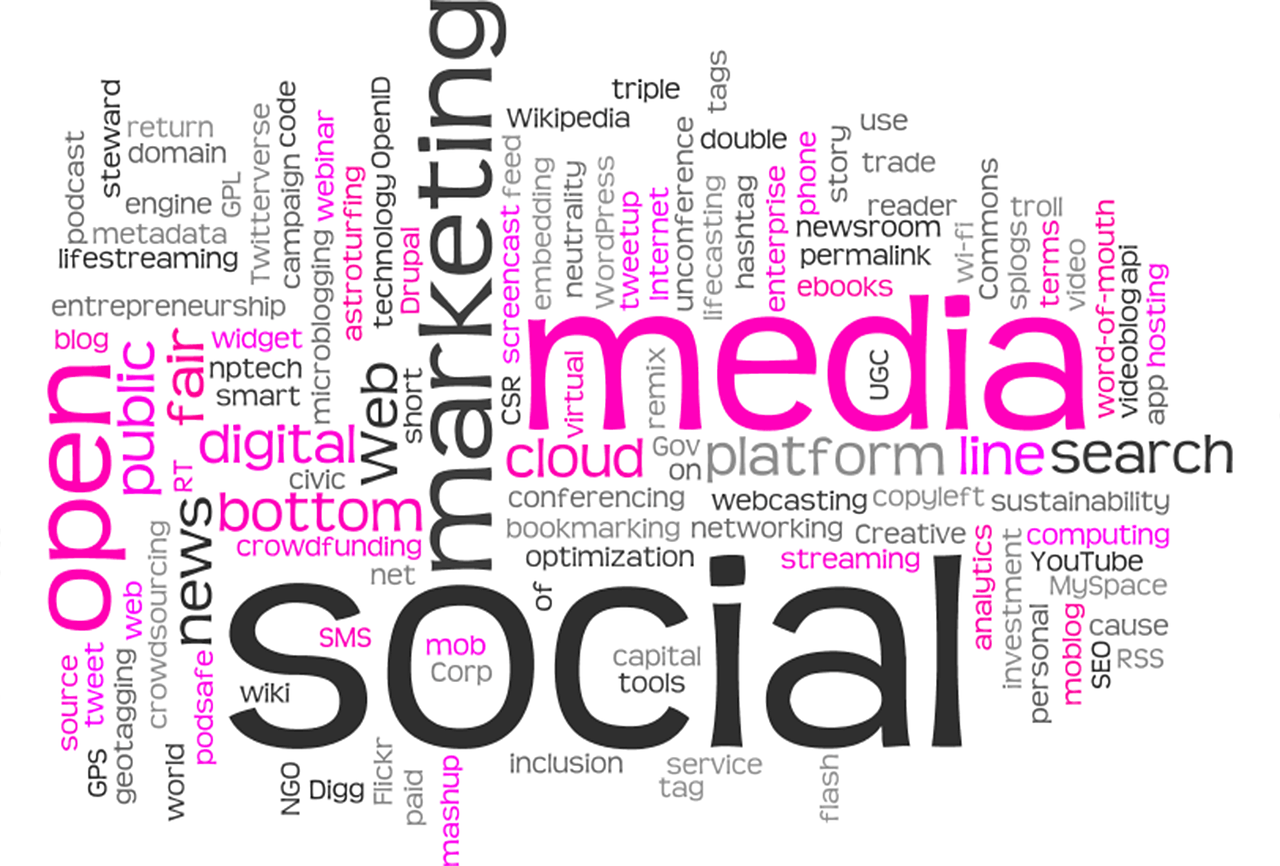Smart marketing is first attracting visitors by talking about their symptoms and then getting those visitors to see their symptoms from a whole new angle, with you as the best solution. But how does smart marketing accomplish this time and time again without too much effort?
Those marketers who understand the psychology and processes that make this happen are in a different league to the rest. And this is not magic - anyone can learn it. In this blog post, we'll look at exactly how to do it, in three steps.
Step 1: Smart marketing gives customers a frame of reference that makes competitors irrelevant
When a customer experiences a problem, they rarely look for the problem itself, but for the symptoms of the problem. You attract them by talking about these symptoms, not about the problem or your solutions.
This means that you meet the customer on their playing field, and get their ear. But the customer is usually wrong. They think they need to solve problems with broken drivers, but really they need global driver management. They think they need an odor remover, but they need a biological grease trap. And they think they need better developers, but they need training for their product managers.
But if you say this to the customer, they will just walk away. They don't yet have your world view. You are looking at the same problem but you see completely different things. The customer sees a user who can't print their document and thinks about drivers, while you see the same thing and think about how their IT administrators on the other side of the world updated that printer along with all the other thousands of printers in the company.
 Therefore, the first task of the marketer is to give his customers a new world view. Your first job as a marketer is therefore to give your potential customers a new pair of glasses to see their symptoms.
Therefore, the first task of the marketer is to give his customers a new world view. Your first job as a marketer is therefore to give your potential customers a new pair of glasses to see their symptoms.
If you can get your brand to create its own way of explaining problems, based on a worldview that your competitors don't share, and get customers to see their symptoms through the same lens, you will have eliminated all competitors in one fell swoop. When competitors describe their features, it will just pass the customers by, because their framework for interpreting these features will not be able to make room for them in their worldview.
This sounds very fuzzy, but let me give you an example. When Bioteria's existing customers think of grease traps, they don't actually think of grease traps. They think about biology, they think about the environment, they think about eco-friendliness, they think about their children's future, and they think about ecological cleaning. When competitors say their grease trap does something cool, it just slips by, because the customer isn't thinking about that question. They are thinking about the world they want their children to grow up in.
Step 2: Smart marketing to position your brand above the competition
Once your unique way of seeing the world has opened your potential customers' eyes to things they never thought of before, you will have eliminated most of your potential competitors (both competing solution providers and alternative solution methods). But there will probably still be a few competitors who share the same worldview as you, and who compete for customers with the same basic message.

This brings us to traditional strategic marketing: positioning against competitors.
While the battle to contextualize the symptoms (chapter above) was about ideology, this battle is about tactics. Your job here is to create a position for your
your brand that gives it a unique place in customers' minds, compared to other competing brands. You do this with message, color and shape.
Often this battle is won in the customer's heart, not in their mind. If the customer trusts you, he/she will buy your solution, even if your direct competitor has more, cheaper or slightly better features. You have to make the customer trust that your brand is either the best in the context you just set, or that your culture is such that you will soon be.
For Bioteria, in the example above, it would be to convince the customer that their grease trap is the best eco-friendly grease trap and talk about their culture in a way that makes customers feel confident that their employees are passionate about eco-friendly grease traps and everything they stand for, are experts in the field, will do everything in their power to produce the best ones, and have the best methods to do so.
Step 3: Smart marketing communicates your vision and position through good and relevant content.
 You've defined a worldview that allows customers to understand their symptoms through a whole new context, and you've defined a great brand strategy that establishes you as the best in that context. But without good content, no one will know how you see the world and that your brand is the best. Therefore, good content is your means to spread your worldview and your position.
You've defined a worldview that allows customers to understand their symptoms through a whole new context, and you've defined a great brand strategy that establishes you as the best in that context. But without good content, no one will know how you see the world and that your brand is the best. Therefore, good content is your means to spread your worldview and your position.
But it's not enough to spread it to as many people as possible and hope for the best. If you send everything you have everywhere and all the time, people will eventually get tired of you. You could do this in the past if you had the money because customers had to see your advertising, but not today - today customers can choose to ignore you and read or see someone else's content.
Therefore, your content needs to be relevant to where the buyer is currently in their mental journey (if they think they need to solve specific symptoms, if they have already bought into your worldview, and if they are interested in evaluating your solution). It also needs to be customized to the buyer's areas of interest - for example, you can't send a customer information about all your solutions, but only the specific solution that solves their specific problem based on your shared worldview.
In addition, content can be distributed on different channels, and it is important that a customer receives the same message regardless of which channel they are on. Therefore, you need to be able to follow your customer and read their digital body language wherever they go.
To do this, you need not only a content strategy, but also a system that senses where your customers are, what they are interested in, and delivers the right content at the right time.
Summary: How smart marketing wins over bigger and stronger competitors
Most of your competitors write about their products and send out as much as possible to as many people on as many channels as possible. The more money they have, the more of this they can do. They simply use brute force, and hope that they can shove their message down the throats of as many people as possible, so that a few who happen to be in just the right mindset at the right time take the bait. If they are any better, they also write about the problems that underpin the solution.
Brute force works as long as you have money and resources, and as long as you keep doing it. But as soon as you stop producing, the leads and business stop coming. And brute force is very expensive. Finally, it's annoying. How did you feel the last time you read a corporate brochure about their latest products and services, or got an email you never asked for about how great someone's products are?
Smart marketing does the opposite: it starts with the symptoms that customers are experiencing - even if they are seemingly unrelated to your product. After piquing the customer's curiosity in this way, they put the symptoms in a new context that makes the customer gently question whether their current assumptions about the symptoms they are experiencing are really true. They make the customer think and see the symptoms from a completely new perspective. The customer who previously experienced seemingly unrelated problems suddenly understands how everything is connected in a much larger and more important context.
At this moment, a whole bunch of your former potential competitors suddenly stop being relevant to the customer. As they continue to describe their products, it sounds like gibberish to your customer's new ears. The customer ignores them.
Customers talk about their new insights and ways of looking at their problems to their friends, colleagues and acquaintances in the industry. More people buy into your approach, more people read your articles, and more people want to understand how this fits with their way of working and problems they have but never thought about before.
Your smartly set up marketing automation system senses all this - and suddenly it goes off. One of the potential customers is probably ready to buy - and should be contacted. A salesperson suddenly gets a new lead in their CRM system, and calls the person. And unlike the usual cold calls that your competitor is forced to make, the customer is delighted when your salesperson tells them which company he or she is calling from. The meeting is booked, and because they already speak the same language as your salesperson, it's painless. You have a new customer.
That's how smart marketing can beat much bigger and stronger competitors. Because while they are blowing with all their might, most of the power is lost. Meanwhile, you open the door and show gently curious people how they can solve their problems if they just think about the symptoms from a slightly different perspective.


